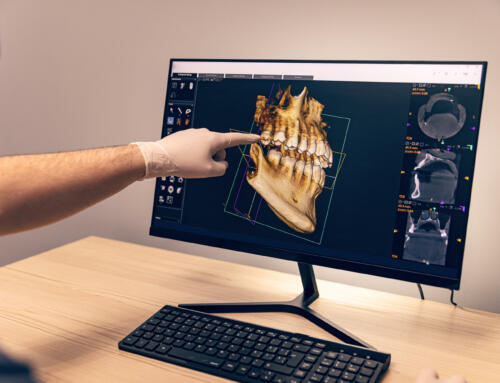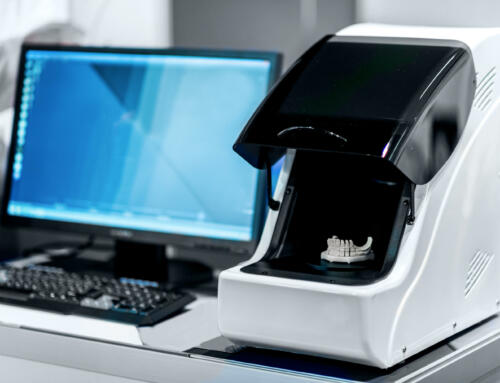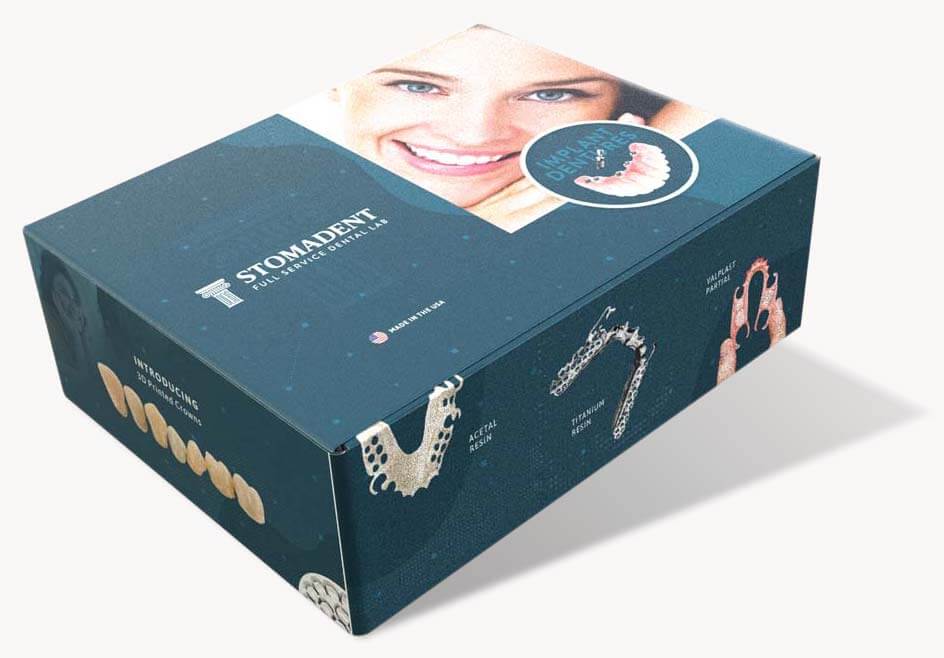
By David Hudnall, DMD
How many times have you noticed patients that look prematurely old because they have missing teeth and have lost lip and facial support? Maintaining bone levels as patients mature is an ongoing battle in dentistry. When teeth are removed, bone height and width diminish precipitously, creating a dilemma for future aesthetics and restoration stability. The key to maintaining a more age-appropriate appearance and offering better restorative options is maintaining more bone before it has the opportunity to resorb.
What is Socket Preservation in Dentistry?
Dental socket preservation is the process of filling fresh extraction sites with bone or synthetic graft material that promotes new bone formation immediately after tooth removal. What better time to promote new bone growth? The bone that supports the teeth has already suffered trauma caused by extraction and healing factors are being dispatched to the site via the blood supply, making it even easier for new bone to be generated.
Why Do Dentists Perform Socket Preservation?
After patients fully heal from extractions, it is not uncommon for the supporting alveolar bone to shrink 50% or more of its pre-extraction width. Once the tooth is removed, the surrounding socket remodels and resorbs because it is no longer has a purpose. The main objective of a socket preservation graft is to prevent both the collapse of buccal-lingual bone width and the reduction of bone height as an extraction site heals, improving the quantity of bone available for dental implant stabilization.

When is Socket Preservation Needed for Patients?
If patients are having teeth extracted and plan to replace their missing teeth within the near future, dental socket preservation is always an appropriate consideration. It is far easier to preserve bone with small grafts than to allow the ridge to erode only to require more invasive bone grafting for implant placement. Greater quantity of bone increases the success rate of implants and allows for better ridge contour and restorative options.
This concept is important for all dental implants but is an especially important consideration when front teeth are removed. In the anterior, a reduction of healed bone height or thickness can result in a poor aesthetic outcome. By preserving and augmenting bone at the time of extraction, the dentist improves future implant stability while simultaneously improving the emergence profile of final restorations, making them appear much more like their natural counterparts.
FAQs About Socket Preservation
What is the socket preservation process?
Empty sockets are slightly overfilled with socket preservation graft material to allow for settling and to prevent the normal crestal height depression that often accompanies healing. A resorbable membrane may be used to stabilize and maintain the added graft material contour and to prevent epithelial growth into the area before the site has had the opportunity to heal. The site is then closed with sutures. The patient is appointed to return within 10 days to remove any sutures and ensure that healing is progressing as expected. After 3 or 4 months, the dentist has multiple ideal locations in which to place dental implants.
Are socket preservation techniques effective?
Most patients are good candidates for socket preservation techniques and should seriously consider this option before undergoing tooth extractions. Socket preservation grafts help the patient avoid potential long-term issues caused by bone deterioration. Without socket preservation, adjacent teeth are more prone to shifting and gums may recede, leading to fewer restorative options and undesirable aesthetic consequences in the future.
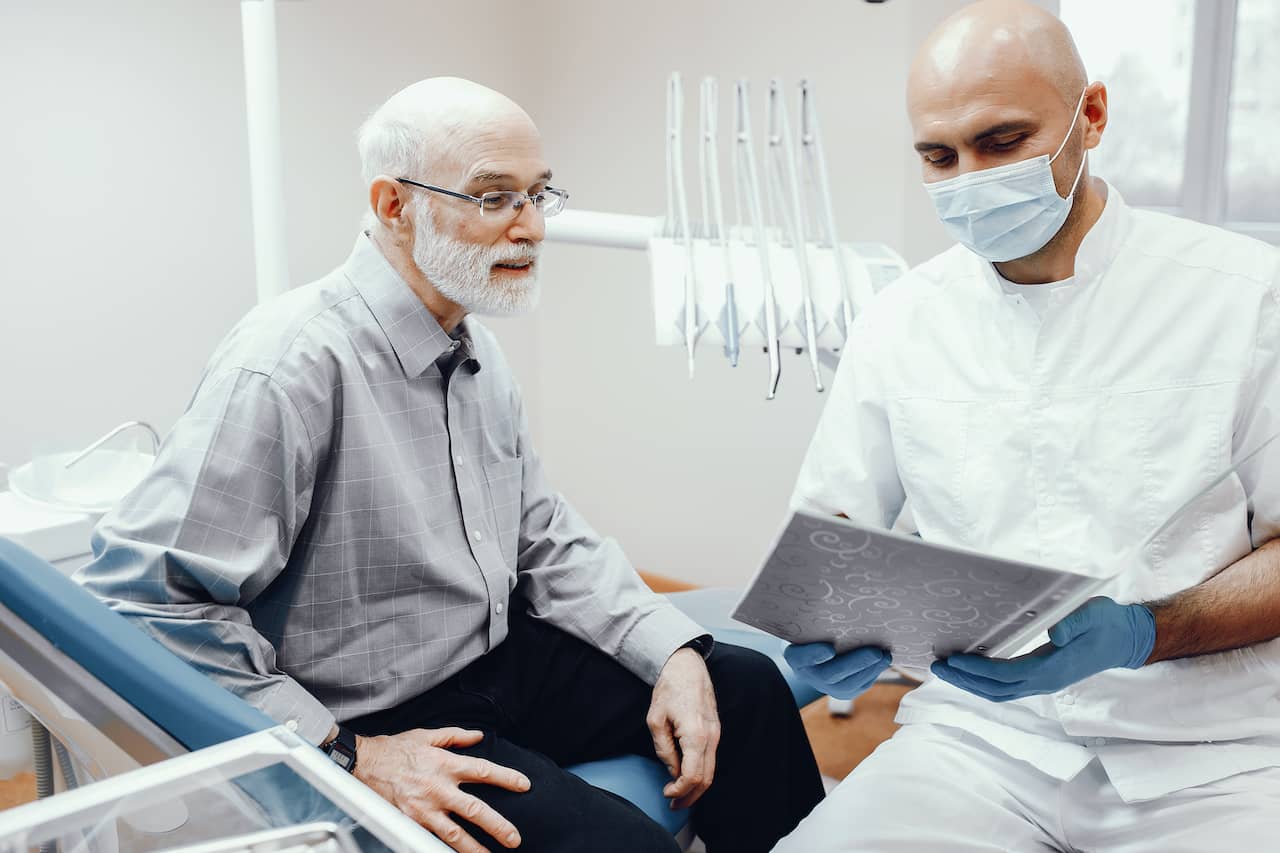
What are the socket preservation materials used?
Usually, freeze-dried bone sourced from a cadaver is the material of choice for socket preservation bone grafts. Freeze-dried bone is shelf-stable and supplied in vials in various quantities that allow for single-site grafts or full-arch preservation. It is easy to place when mixed into a slurry with sterile saline.
What can be done with leftover bone?
From a practical standpoint, when patients are having full-arch extractions, we quote the patient for 3 or 4 key sites per arch. Because opened freeze-dried bone cannot be saved, we fill as many extraction sites as the excess bone in the vial allows at no additional charge. Filling additional sockets in a full-arch case takes no additional time and offers lasting benefits for your patient!
What does socket preservation cost?
The cost of a socket preservation bone graft depends on a variety of factors, including the amount of bone grafting material needed, auxiliary materials, and overall complexity. Patients should expect to spend $200-$300 per site on average for socket preservation performed immediately after extractions.
There is a socket preservation ADA code and dental insurance may help with a portion of the cost. Although the socket preservation code exists, many insurance policies do not pay for socket preservation or other bone grafting procedures. This sends the wrong message to patients and often requires providers to justify the benefits and necessity of socket preservation bone grafts to their patients.
How does socket preservation help the dental implant process?
Socket preservation can make it easier and quicker to place dental implants. Socket preservation techniques often eliminate the need for more invasive bone grafting surgery at a later time. Most patients are ready for implant placement 3 to 4 months after dental socket preservation. Having a separate grafting surgery is invasive and takes additional time for new bone to form before an implant can be placed.
Can socket preservation grafts fail?
Anything is possible. Bone grafting enjoys a success rate greater than 99%. Because socket preservation uses such a small quantity of material and the matrix is completely surrounded by healing bone that contains a vital blood supply, the chances for failure are very slim.
Make Restorations a Breeze With Socket Preservation
Socket preservation is a simple procedure that offers big benefits for everyone involved. The patient benefits from restorations with a better appearance. The clinician benefits by having more bone that allows for higher-quality restorative solutions. And your lab technician will love you because there is sufficient bone and tissue to support the ideal restoration that you want while making it look great!
Stomadent Dental Lab understands how bone grafting opens up restorative opportunities that were not previously possible. More useful bone allows Stomadent to help you realize your restorative dream!
See the variety of Stomadent’s tooth-replacement solutions and contact us today!



![Hybrid Denture with Titanium Bar [Best Methods + Advantages]](https://stomadentlab.com/wp-content/uploads/2024/01/dental-prosthesis-on-dark-background-2023-11-27-05-06-28-utc-scaled-500x383.jpg)
![The Lucitone Denture Advantage [Best Practices + Advice]](https://stomadentlab.com/wp-content/uploads/2022/08/lucitone-promo-1-500x383.jpg)
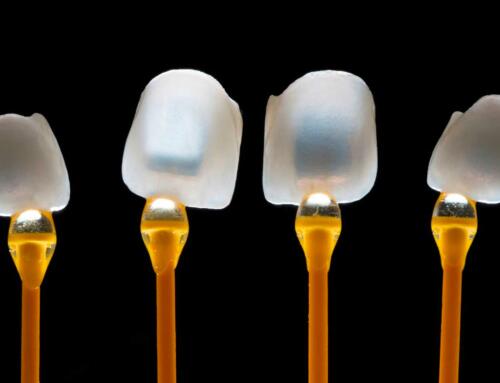
![How to Remove Snap On Dentures [Expert Guidance]](https://stomadentlab.com/wp-content/uploads/2023/12/a-denture-in-a-glass-of-water-dental-prosthesis-c-2023-11-27-04-50-54-utc-scaled-500x383.jpg)

